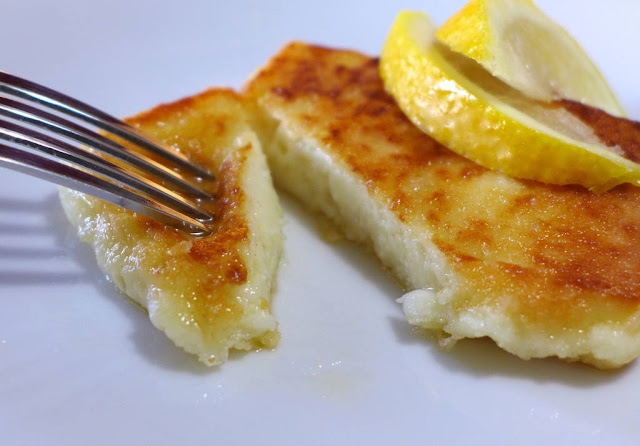Saganaki, a popular Greek dish, has gained immense popularity around the world for its mouthwatering flavors and simplicity. Traditionally prepared with a variety of melty cheeses, this fried appetizer is often served with a squeeze of lemon juice, creating a delightful combination of tanginess and creaminess.
When it comes to creating the perfect saganaki, one cannot underestimate the significance of selecting the right cheese. This Greek delicacy, known for its crispy and gooey texture, heavily relies on the cheese selection to achieve its authentic flavors. Let's explore the importance of choosing the appropriate cheese for making saganaki, delving into the characteristics and qualities that make certain cheeses ideal for this delectable dish. Whether you're a seasoned cook or a culinary enthusiast, understanding the role of cheese in saganaki preparation will elevate your culinary skills to new heights.
The Cheese Makes the Dish
Melting Qualities: One of the key considerations when choosing cheese for saganaki is its melting properties. The cheese should have the ability to melt smoothly and evenly when heated, resulting in that luscious, gooey texture that makes saganaki irresistible. Cheeses with high moisture content and a low melting point, such as kefalograviera, or
kasseri, are excellent choices.
Flavor Profile: The cheese you select should complement the overall flavor profile of saganaki. Opt for cheeses with a mild, slightly salty taste that doesn't overpower the dish.
Kefalograviera, a traditional Greek cheese made from sheep's or goat's milk, offers a rich and buttery flavor that pairs perfectly with the tanginess of lemon juice and the earthiness of herbs.
Texture: The texture of the cheese plays a crucial role in the final outcome of saganaki. It should have a firm yet pliable texture that allows for easy slicing and handling. Halloumi, a Cypriot cheese known for its ability to retain its shape during grilling or frying, is an excellent choice for saganaki. It develops a delightful golden crust while remaining firm and chewy on the inside.
Accessibility: Consider the availability of the cheese in your local area. While traditional Greek cheeses like
kefalograviera and
kasseri may be harder to find in some regions, alternatives like halloumi can be substituted without compromising the essence of saganaki. These cheeses are widely available in most grocery stores and offer similar melting properties.
Choosing the right cheese is an essential aspect of creating an authentic and delectable saganaki experience. From the melting qualities to the flavor profile and texture, each characteristic of the cheese contributes to the overall success of this Greek dish. Whether you stick with traditional Greek cheeses or venture into innovative combinations, the key is to find a cheese that melts beautifully, complements the dish's flavors, and provides an enjoyable eating experience. So, the next time you embark on making saganaki, remember to give careful consideration to the cheese you choose, as it holds the power to elevate your saganaki to new culinary heights, leaving you and your guests craving for more of that irresistible combination of crispy and gooey goodness.
